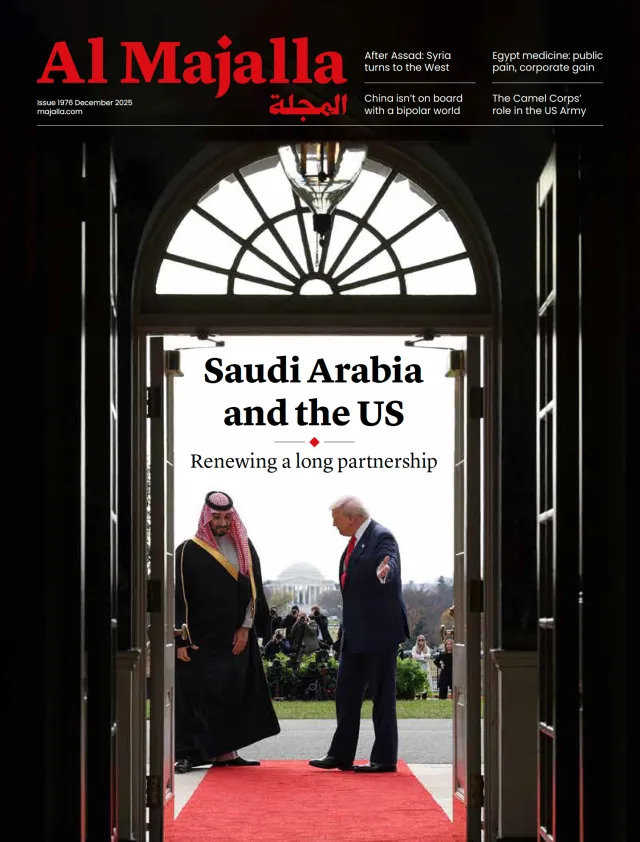The sudden collapse of the Syrian regime on 8 December has brought Syria’s fragmented armed groups to a crossroads. Leading this effort is the new caretaker authority, led by Hay’at Tahrir al-Sham (HTS), which has moved swiftly to consolidate military factions. Through intensive negotiations, HTS has successfully brokered agreements to dissolve various groups and integrate them under the Ministry of Defence. However, one major exception remains: the Kurdish-led Syrian Democratic Forces (SDF).
The SDF’s unique position within Syria’s political and military framework—marked by its ethnic diversity, autonomous governance, and ties to international stakeholders—sets it apart from other factions. Negotiations between the SDF and the HTS-led caretaker authority have begun, marked by gestures of goodwill. Yet optimism soon gave way to disagreements on key issues such as military integration and governance. Public tensions have escalated as a result, with HTS hinting at the potential use of force should negotiations fail.
A violent resolution to the SDF’s status would jeopardise Syria’s fragile stability, exacerbate existing divisions, and undermine efforts toward national reconstruction. For Syria to move forward, the SDF’s fate must be resolved through dialogue and compromise, not conflict.
Complex role
The SDF occupies a distinctive position in Syria’s military and political landscape, simultaneously serving as a source of strength and a point of vulnerability. With an estimated 100,000 personnel, the SDF wields significant military power in northeastern Syria, a region rich in vital oil and wheat resources. Governance in this area operates through the Autonomous Administration of North and East Syria (AANES), which offers a decentralised alternative to the centralised vision of the HTS-led caretaker authority.
The SDF’s role in defeating the Islamic State (IS) has earned it significant US support, with American forces maintaining a presence in northeastern Syria. The SDF also oversees the detention of tens of thousands of IS fighters and their families held in facilities under its jurisdiction. These factors bolster the SDF’s international standing and shield it from external threats.
However, the SDF’s ties to the Kurdistan Workers’ Party (PKK) complicate its position. Turkey views the SDF as an extension of the PKK, a group designated as a terrorist organisation by Ankara and Washington. This association has made the SDF a focal point of Turkish hostility, with Ankara determined to prevent northeastern Syria from becoming a staging ground for PKK-linked activities.




